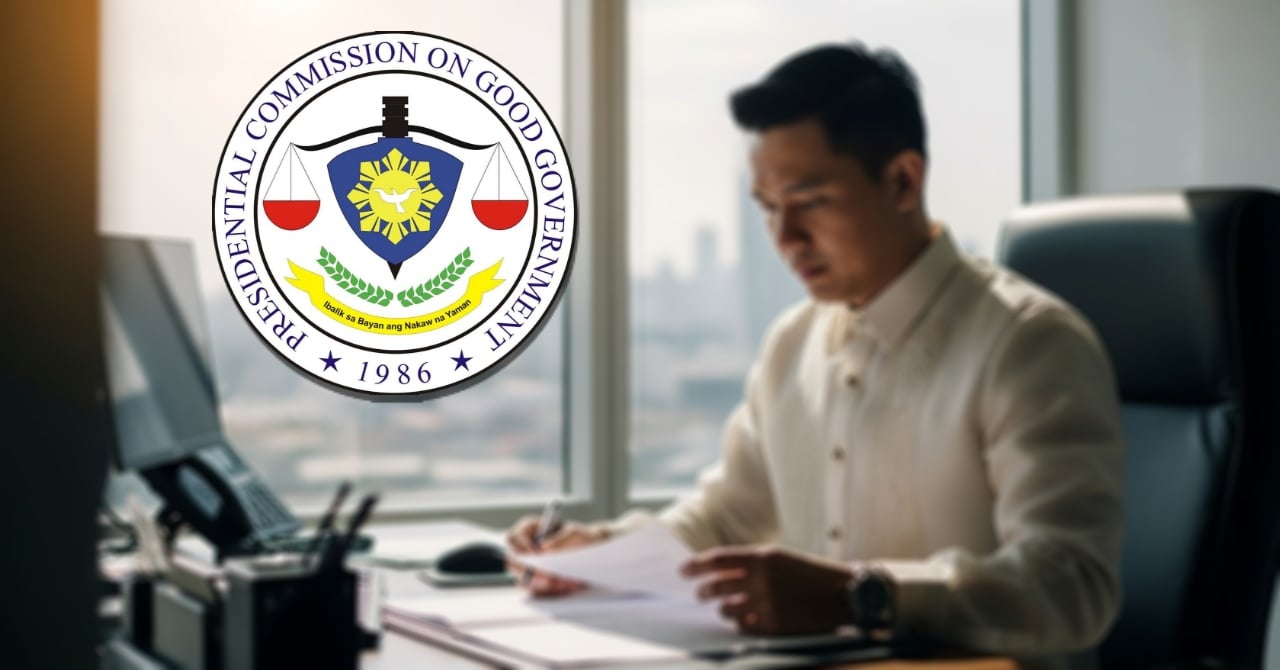When people talk about the fight against corruption in the Philippines, the Presidential Commission on Good Government (PCGG) almost always enters the conversation. Created in the wake of a historic revolution, this agency carries with it stories of hope, controversy, and lessons still relevant today. Let’s take a closer look at how it came to be, what it has done, and why it continues to matter.

Origins of the PCGG
The PCGG was born out of the People Power Revolution of February 1986, which ended the 20-year rule of Ferdinand E. Marcos. Just three days after assuming the presidency, Corazon C. Aquino issued Executive Order No. 1, formally establishing the commission.
Its primary mandate was bold and unprecedented:
- Recover ill-gotten wealth allegedly amassed by Marcos, his family, relatives, and close associates.
- Prevent future large-scale corruption within the government.
At its core, the PCGG represented the people’s demand for accountability after decades of dictatorship.
[insert logo]
Structure and Leadership
The commission was designed to function as a quasi-judicial body, giving it powers similar to both investigative and judicial agencies.
It was headed by a Chairperson and four Commissioners. The first chairperson was Jovito R. Salonga, a respected statesman and lawyer who laid down the foundation for the agency’s aggressive recovery efforts. Alongside him were commissioners Ramon Diaz, Pedro L. Yap, Raul Daza, and Mary Concepcion Bautista.
Powers and Functions
Under its charter, the PCGG was given extraordinary authority, allowing it to act quickly and decisively. These powers included the ability to:
- Investigate suspected ill-gotten wealth
- Sequester or freeze assets suspected of being stolen from public funds
- Provisionally take over businesses linked to the Marcos network
- Issue subpoenas, administer oaths, and hold individuals in contempt
- Coordinate with other government agencies for asset recovery
- Promulgate rules and regulations to carry out its tasks
Members of the commission were also given immunity from civil suits for actions taken in their official capacity, shielding them from harassment while performing their duties.
Achievements in Asset Recovery
Through the years, the PCGG has recovered billions of pesos worth of cash, jewelry, artworks, and real estate.
Some of the most notable recoveries include:
- Swiss bank deposits amounting to hundreds of millions of US dollars
- The famous “Malacañang jewelry collections”, consisting of extravagant pieces owned by the Marcos family
- Properties abroad, such as estates in New York and Hawaii
- Prime real estate in the Philippines, some of which have since been converted into public-use facilities
While asset recovery has been a slow and often complicated legal process, these achievements reflect significant wins for the Filipino people.
Controversies and Criticisms
Despite its accomplishments, the PCGG has faced unending scrutiny.
- Length of Operations: What was intended to be a temporary body has lasted for nearly four decades. Critics argue this prolonged existence reflects inefficiency.
- Allegations of Mismanagement: Some assets, once recovered, were reportedly undervalued or misused. This raised doubts about whether the commission itself had lived up to the ideals it was created to uphold.
- Political Pressure: Various administrations have been accused of using the PCGG as a political weapon against rivals, undermining its credibility.
- Calls for Abolition: Over the years, lawmakers have repeatedly proposed folding the PCGG into agencies like the Department of Justice or the Office of the Solicitor General, questioning its necessity in the present day.
These controversies continue to cast a shadow over the commission’s legacy.
Current Status
Today, the PCGG still exists but with a smaller scope and tighter budget compared to its early years.
Instead of aggressively pursuing new seizures, the commission’s work now largely focuses on:
- Managing already recovered assets
- Continuing pending court cases related to Marcos wealth
Its quieter operations contrast with the dramatic and high-profile recoveries of the past.
Why It Matters for Filipinos
The PCGG’s story is more than just about money—it’s about accountability, justice, and the long-term effects of corruption.
For everyday Filipinos, including overseas workers and local communities, the funds reclaimed by the PCGG represent resources that can support social services, infrastructure, housing, and education. Every peso recovered is a peso that can potentially uplift lives.
On the other hand, the commission’s struggles remind us that the fight against corruption is not just about recovering stolen wealth but also about building institutions strong enough to resist abuse.
Frequently Asked Questions (FAQs)
- What does the PCGG stand for?
PCGG means Presidential Commission on Good Government, created in 1986 to recover ill-gotten wealth of the Marcoses and their allies. - Is the PCGG still active today?
Yes, but it now has a smaller mandate, mainly managing recovered assets and continuing court cases. - How much has the PCGG recovered so far?
Over the years, the PCGG has recovered billions of pesos worth of assets, including Swiss deposits, luxury jewelry, and real estate. - Why do some people want the PCGG abolished?
Critics argue that it has been operating for too long, faced mismanagement issues, and may duplicate functions of other government agencies. - How do recovered assets benefit the public?
Recovered wealth goes to the national treasury and can be used for public programs, social services, and infrastructure that directly affect communities.
In Closing
The legacy of the PCGG is both inspiring and sobering. It shows the determination of a nation to demand justice, but also highlights the difficulty of sustaining that fight over decades.
As citizens, the question we can ask ourselves is this: How do we guard our institutions today so that another PCGG won’t be necessary tomorrow?
The answer may lie in practicing transparency, strengthening systems, and demanding integrity from public officials at all levels.
